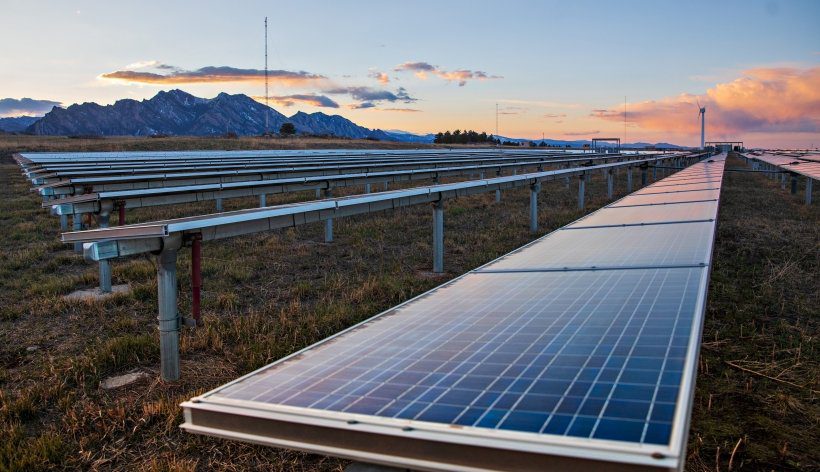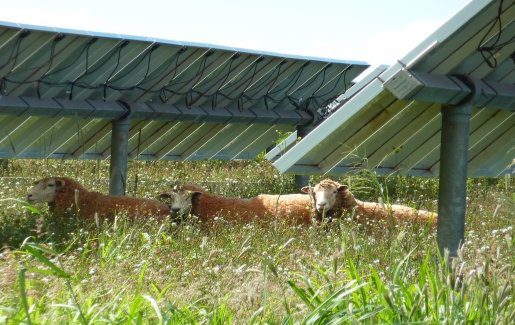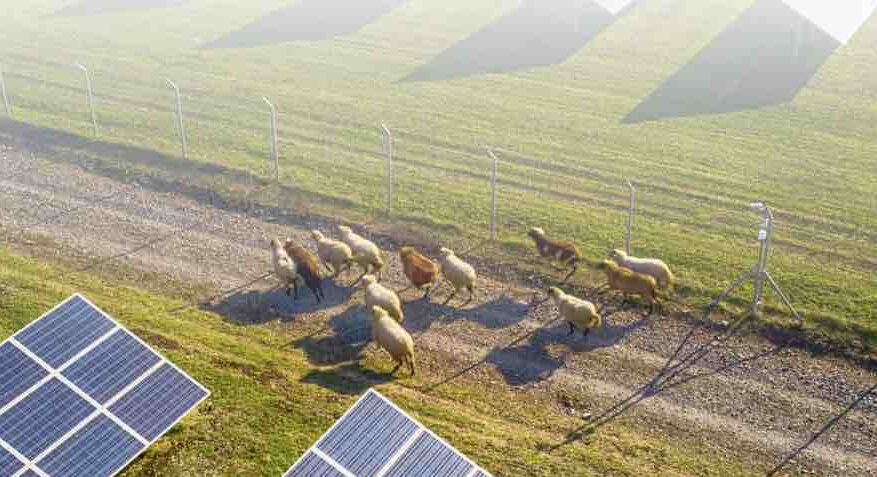Solar power, also known as photovoltaic technology, can help rural farmers stabilize income with productive crops. These tangible benefits are behind the recent increase in opportunities for smaller local farmers to host solar facilities. The advantages go both ways as the companies look to rural farmers to find enough land to construct large facilities that expand photovoltaics’ reach and benefits.
According to the American Clean Power Association (ACP), solar not only increases income, it can improve soil health, reduce nutrient runoff, reduce pesticide use, lower water needs, enhance stormwater management, and preserve a family’s and a community’s future farming opportunities. Overall, solar helps crops grow more sustainability in an ever-changing climate.
Photovoltaic technology generates power from devices that absorb energy from sunlight. That energy is then converted into electrical energy. The process is cleaner and more sustainable and has numerous cost-saving benefits. Additionally, solar technology helps stabilize the power grid from coast to coast across the United States.
ACP says solar facilities are also helping soil health on large swaths of rural acreage. New facility builders enhance the soil by planting perennial vegetation around and beneath the panels.
That vegetation rarely requires any fertilizer, and the plants help replenish the soil’s vital nutrients, ensuring production lands for both new crops and grazing livestock.
According to the Natural Resources Conservation Service, better soil quality is directly linked to clean water and air. In fact, converting farmland to solar can help reduce irrigation needs while putting much-needed nutrients back in over-used soil in areas where water is in short supply. The vegetation also cools the surrounding air, making it easier for the panels above to do their jobs.
“It is a rare win-win-win,” Greg Barron-Gafford, a University of Arizona agrivoltaics scientist, told Wired. “By growing these crops in the shade of solar arrays, we reduce the amount of that intense sunlight that bakes off the water and stresses out the plant.”

Photo Courtesy energy.gov / Werner Slocum, NREL
The federal government sees the benefit and — through the National Institute of Food and Agriculture — is funding numerous projects on how to maximize solar’s positive impact on farming, including expanding the types of plants grown under arrays.
“In times when there is extreme heat or extreme precipitation, by protecting plants in this manner, it can actually benefit them,” Madhu Khanna, an economist at the University of Illinois, Urbana-Champaign, said to Wired. “So that’s another factor that we want to look at.”
According to Pivot Energy, farmers can lease their lands to solar generation companies to create a stable source of long-term income.
This effort helps farms that have been in the family for decades, or even centuries, stay in the family long-term. Solar has proven to be income-producing and low-impact, and the benefits to the landowners and the environment are just beginning to surface.

Photo Courtesy energy.gov / Merrill Smith
“If we can actually allow farmers to diversify their production and get more out of the same land, then that can benefit them,” Khanna added. “Having crops and solar panels is more beneficial for the environment than solar panels alone.”





